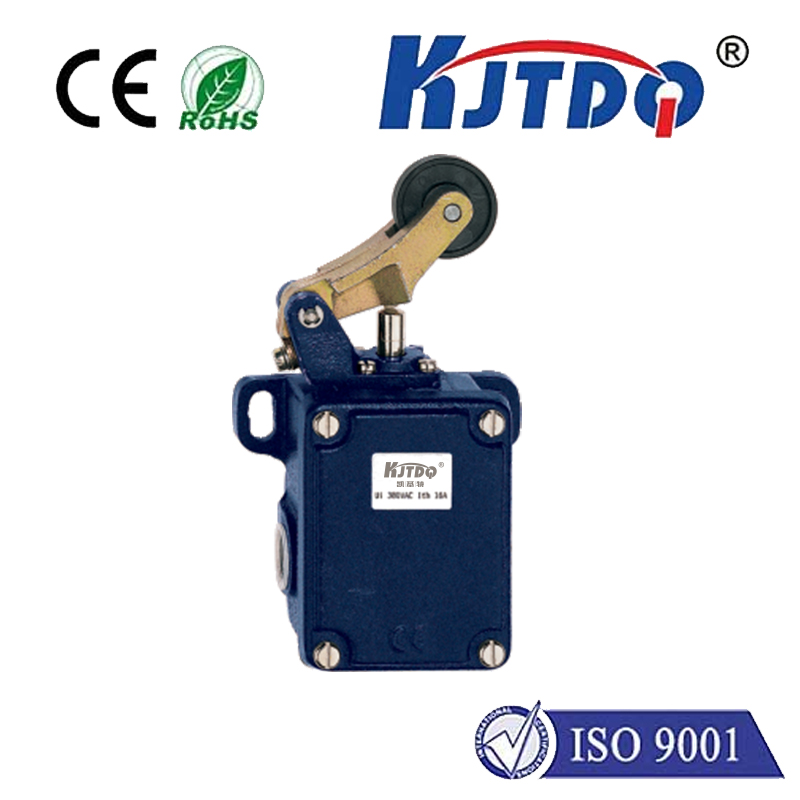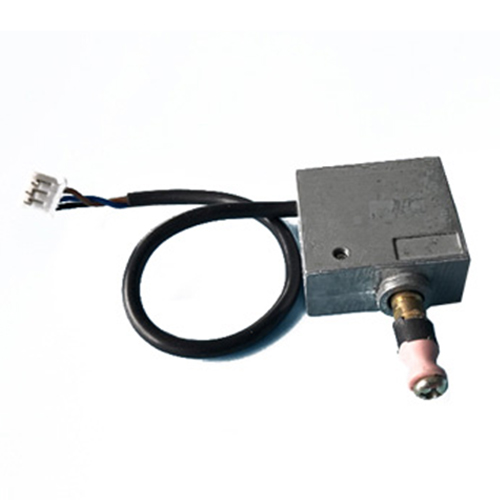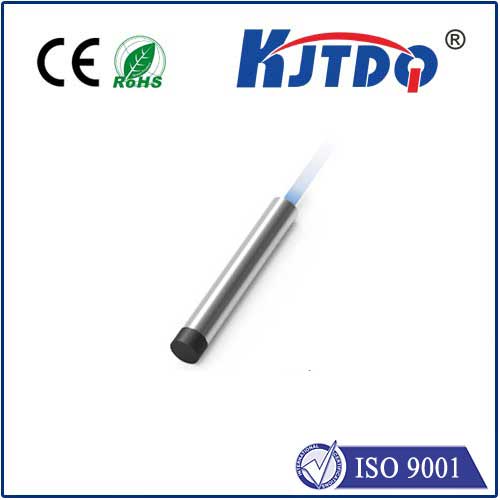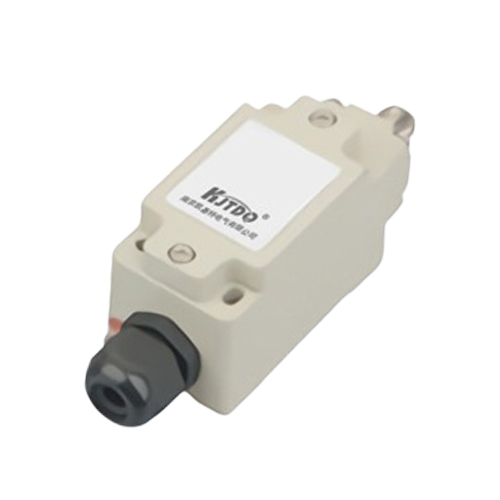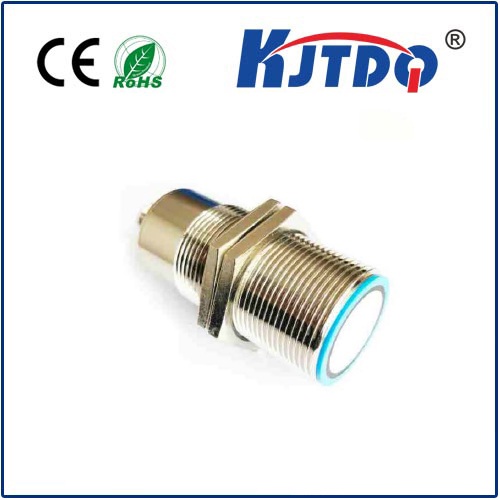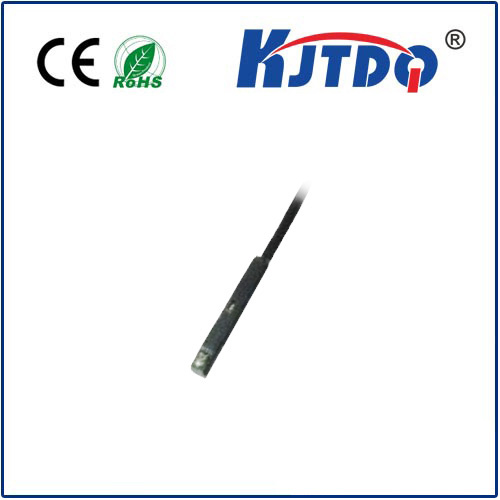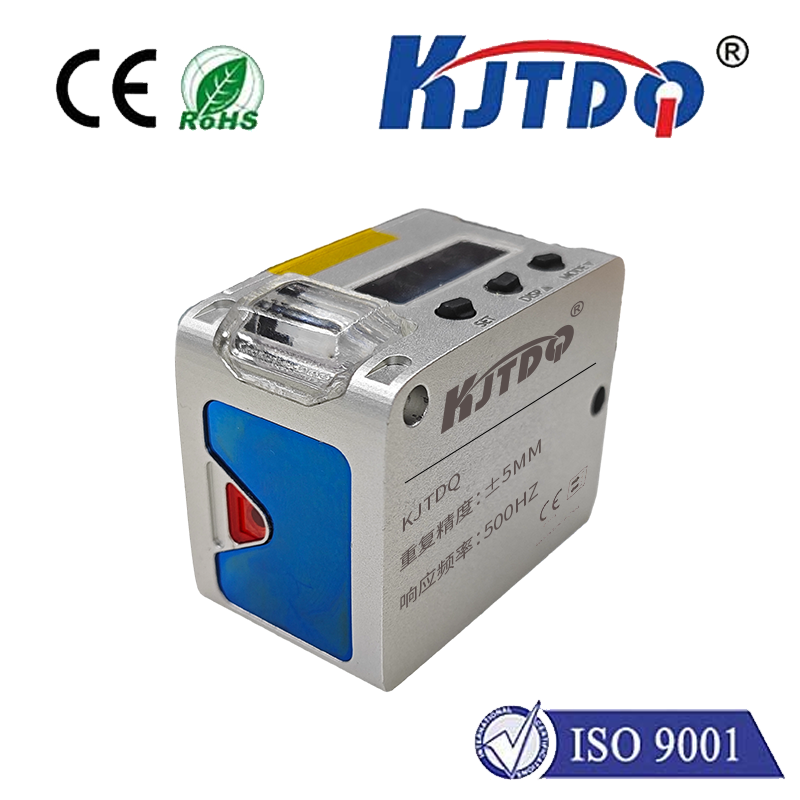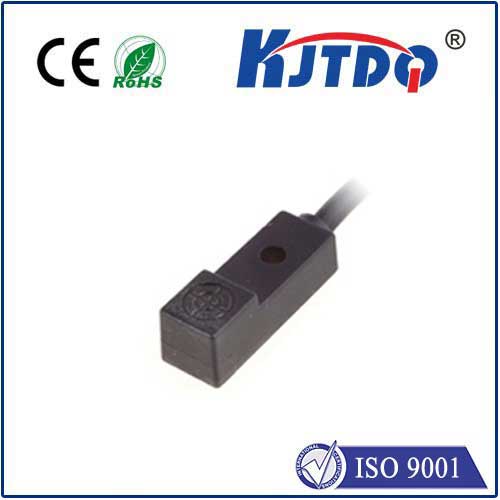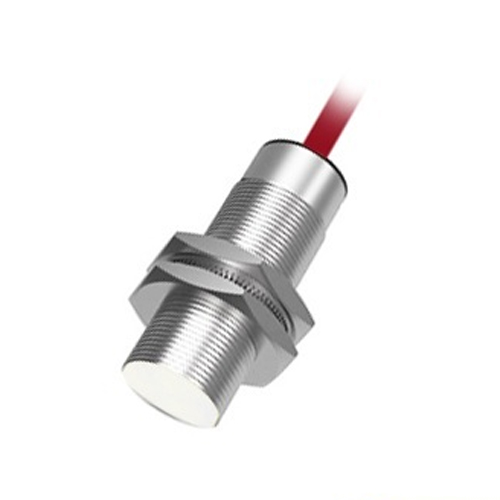BES043U proximity sensor
- time:2025-10-02 02:59:16
- Click:0
The BES043U Proximity Sensor: Enhancing Precision and Reliability in Industrial Applications
Imagine a bustling manufacturing line where robotic arms move with uncanny precision, assembling delicate components. Products whizz by on conveyor belts, sorted and packaged flawlessly. Critical to this seamless operation is the unseen guardian: the proximity sensor. Among these vital components, the BES043U proximity sensor stands out as a reliable sentinel, ensuring accuracy, safety, and efficiency in countless automated processes. Its ability to detect the presence or absence of nearby objects without physical contact is fundamental to modern industrial control systems, robotics, and safety mechanisms.
But what exactly is a proximity sensor, and why is the BES043U a noteworthy player? In essence, a proximity sensor is an electronic device designed to detect the approach of an object within a specified sensing range, typically without making physical contact. They achieve this using various physical principles like electromagnetic fields, light (infrared), or sound (ultrasonic). The BES043U sensor primarily falls into the category of infrared (IR) reflective proximity sensors. This means it emits an infrared light beam and detects the reflection off a nearby object. The presence and intensity of the reflected signal trigger its output state.
Delving into the specifics of the BES043U reveals its core technological strengths:

- Infrared Sensing Principle: Utilizing high-quality IR emitters and sensitive phototransistors or photodiodes, the BES043U offers stable and consistent detection. This technology is particularly effective for detecting a wide range of materials, including non-metallics like plastic, wood, paper, glass, and liquids, which inductive sensors might struggle with.
- Compact and Robust Housing: Engineered for challenging environments, the BES043U typically features a rugged, often cylindrical metal or high-grade plastic housing. This robust construction ensures durability against mechanical stress, vibration, and ingress of dust, water, or oils – certified by ratings like IP67, meaning it can withstand temporary immersion. Its compact size facilitates easy integration into tight spaces within machinery.
- Adjustable Sensing Distance: A key operational feature of many BES043U proximity sensors is the potentiometer or screwdriver adjustment mechanism. This allows technicians to fine-tune the effective sensing range – the maximum distance at which the sensor can reliably detect a standard object (often a white matte surface). This adjustability ensures optimal performance for specific application needs, minimizing false triggers or missed detections.
- Reliable Electrical Output: The BES043U commonly provides a digital ON/OFF output signal. This can be in the form of:
- NPN Output: A common configuration where the output transistor sinks current to ground when an object is detected. This is widely compatible with Programmable Logic Controllers (PLCs) and other industrial control systems expecting a sinking input.
- PNP Output: An alternative form where the output transistor sources current from the positive supply when an object is detected.
- Analog Output: Less common, but some variants might offer an analog voltage or current output proportional to the distance or reflectivity, providing more granular data.
- Operational Stability: Designed for continuous operation in demanding settings, the BES043U exhibits excellent stability against temperature variations and electrical noise interference common in industrial electrical panels. Its performance remains consistent over time, ensuring long-term reliability.
The versatility of the BES043U proximity sensor translates into a broad spectrum of applications across various sectors:
- Industrial Automation: This is its primary domain. The sensor excels in object detection on conveyor lines (counting bottles, verifying presence), position verification (ensuring parts are correctly loaded in fixtures, checking machine guards are closed), end-of-travel detection for actuators or slides, and level sensing for bins or tanks containing solids or opaque liquids.
- Packaging Machinery: The BES043U is crucial for precisely detecting packaging materials (film, cartons, lids), verifying product fill levels inside containers, confirming case sealing, and checking label application.
- Material Handling Systems: Guiding AGVs (Automated Guided Vehicles), detecting pallets at loading stations, and confirming the presence of goods on transfer mechanisms are common tasks.
- Robotics: Used for end-effector position verification, detecting objects in a gripper, and providing basic collision avoidance or proximity awareness in collaborative robot setups (within design limits).
- Printing and Paper Processing: Detecting paper jams, verifying sheet feed, monitoring paper roll diameter or presence.
- Elevator and Access Control Systems: Detecting floor levels or sensing the presence of obstacles in door paths.
- Medical Devices: Employed in specific equipment for part positioning, fluid level detection in non-critical paths, or door safety interlocks.
- Consumer Appliances: Found in white goods like dishwashers or washing machines for door position detection or drum position sensing.
Proper Installation and Use Considerations:
To maximize the BES043U sensor’s performance and lifespan, several factors are essential:
- Mounting: Ensure a secure mounting position minimizing vibration. The sensor face must be oriented correctly towards the target path.
- Environmental Factors: While robust, avoid excessive buildup of dirt or grime on the sensing face. Consider ambient light conditions; strong direct sunlight can sometimes interfere with IR sensors, though the BES043U often includes modulation techniques to mitigate this. Ensure the operating temperature range is respected.
- Target Characteristics: The detection range and reliability are influenced by the target object’s size, color, surface texture (matte vs. shiny), and reflectivity. Conduct tests with the actual target material to verify reliable switching distance after initial adjustment. Small or dark objects generally reduce the effective range.
- Electrical Wiring: Follow the manufacturer’s wiring diagram meticulously. Ensure correct polarity of the power supply (typically 10-30V DC). Connect the load (e.g., PLC input, relay coil) correctly to the sensor’s output. Use shielded cable in environments with high electrical noise and keep wiring away from power cables.
- Adjustment: Carefully adjust the potentiometer using the actual target object. Slowly turn the adjustment screw while moving the target in and out of the desired detection zone until reliable and consistent switching is achieved, ideally with a small margin beyond the required sensing distance.
The compelling advantages of choosing the BES043U proximity sensor are clear:
- Non-Contact Sensing: Eliminates wear and tear associated with mechanical switches, leading to exceptional longevity and reduced maintenance costs.
- High Reliability and Stability: Engineered for demanding industrial environments, offering consistent performance over time.
- Fast Response Times: Capable of detecting objects moving at high speeds, crucial for modern, high-throughput automation.
- Material Versatility: Effectively detects objects irrespective of material composition (metal, plastic, wood, liquid), a significant advantage over inductive sensors.
- Durability: The rugged IP67-rated housing provides excellent resistance to dust, water spray, oils, and mechanical impacts.
- Simple Integration: The adjustable range, standardized outputs (NPN/PNP), and compact design facilitate easy installation and connection into existing control systems.
- Cost-Effectiveness: Offers a robust and reliable sensing solution at a highly competitive price point for its capabilities.
From the hum of a modern factory to the intricate mechanisms






